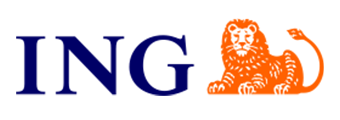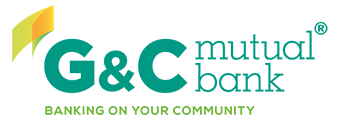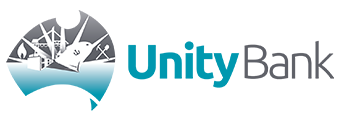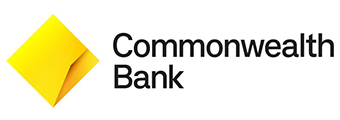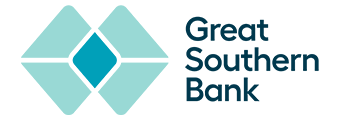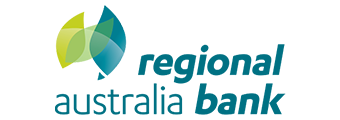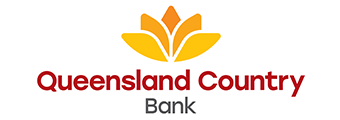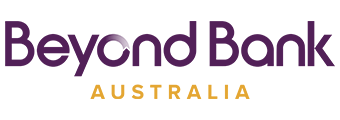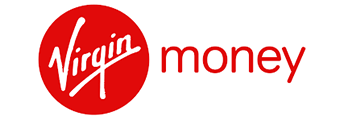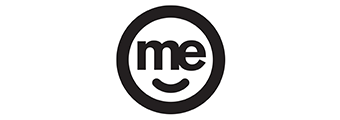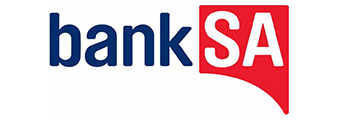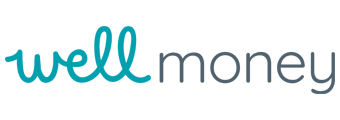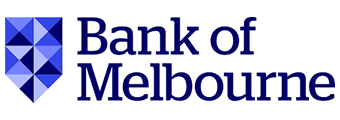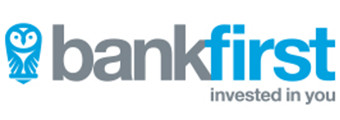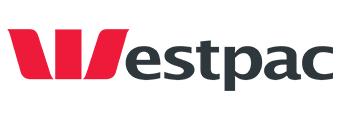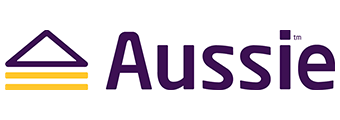Fact Checked
| Lender | Home Loan | Interest Rate | Comparison Rate* | Monthly Repayment | Repayment type | Rate Type | Offset | Redraw | Ongoing Fees | Upfront Fees | Max LVR | Lump Sum Repayment | Extra Repayments | Split Loan Option | Tags | Features | Link | Compare | Promoted Product | Disclosure |
|---|---|---|---|---|---|---|---|---|---|---|---|---|---|---|---|---|---|---|---|---|
5.34% p.a. | 5.67% p.a. | $2,789 | Principal & Interest | Fixed | $0 | $530 | 90% |
| Promoted | Disclosure | ||||||||||
5.39% p.a. | 5.74% p.a. | $2,805 | Principal & Interest | Fixed | $0 | $350 | 90% | |||||||||||||
5.45% p.a. | 5.53% p.a. | $2,823 | Principal & Interest | Fixed | $0 | $500 | 95% | |||||||||||||
5.45% p.a. | 5.53% p.a. | $2,823 | Principal & Interest | Fixed | $0 | $500 | 95% | |||||||||||||
5.49% p.a. | 7.34% p.a. | $2,836 | Principal & Interest | Fixed | $0 | $0 | 95% | |||||||||||||
5.54% p.a. | 6.99% p.a. | $2,852 | Principal & Interest | Fixed | $0 | $835 | 95% | |||||||||||||
5.57% p.a. | 5.90% p.a. | $2,861 | Principal & Interest | Fixed | $null | $null | 90% | |||||||||||||
5.59% p.a. | 7.43% p.a. | $2,867 | Principal & Interest | Fixed | $395 | $700 | 95% | |||||||||||||
5.59% p.a. | 6.57% p.a. | $2,867 | Principal & Interest | Fixed | $0 | $295 | 90% | |||||||||||||
5.64% p.a. | 6.35% p.a. | $2,883 | Principal & Interest | Fixed | $395 | $200 | 90% | |||||||||||||
5.69% p.a. | 6.31% p.a. | $2,899 | Principal & Interest | Fixed | $390 | $0 | 90% | |||||||||||||
5.79% p.a. | 6.46% p.a. | $2,931 | Principal & Interest | Fixed | $0 | $350 | 90% | |||||||||||||
5.79% p.a. | 6.50% p.a. | $2,931 | Principal & Interest | Fixed | $395 | $250 | 90% | |||||||||||||
5.89% p.a. | 6.27% p.a. | $2,962 | Principal & Interest | Fixed | $395 | $100 | 95% | |||||||||||||
5.89% p.a. | 6.12% p.a. | $2,962 | Principal & Interest | Fixed | $0 | $635 | 90% | |||||||||||||
5.99% p.a. | 6.37% p.a. | $2,995 | Principal & Interest | Fixed | $395 | $100 | 95% | |||||||||||||
5.99% p.a. | 6.37% p.a. | $2,995 | Principal & Interest | Fixed | $395 | $100 | 95% | |||||||||||||
6.04% p.a. | 5.87% p.a. | $3,011 | Principal & Interest | Fixed | $0 | $600 | 95% |
Important Information and Comparison Rate Warning
Important Information and Comparison Rate Warning
Frequently Asked Questions
Most lenders will offer the ability to have both fixed and variable rates with a 'split' loan. This means splitting your home loan balance into two different accounts, at different portions - one being charged a fixed interest rate and the other variable.
Generally, major lenders will offer the option to fix your home loan for up to five years. Further, some lenders offer ten-year fixed home loans on the Australian market - Savings.com.au’s market research identified two at the time of writing - Newcastle Permanent and ANZ.
Compare home loan options
90% LVR Home Loans (10% Deposit)
Compare Investment Home Loans
Refinancing Home Loans
Non-Bank Home Loan Lenders
Variable-Rate Home Loans
Interest-Only Home Loans
Construction Loans
Green Home Loans
Offset Home Loans
Big 4 Home Loan Rates
Customer-Owned Bank Home Loans
5% Deposit Home Loans
Low Doc Home Loans
Home Loan Cashback Offers & Deals
Bridging Home Loans


